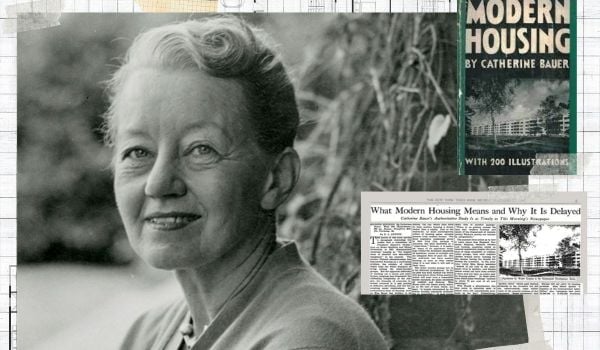Like generals, policymakers often fight the last war. Today, residents in cities across the country face a real threat of displacement. Paying more than a third of your income towards rent is the new normal, pushing many low-income people into housing court and onto the streets.
To address displacement, policymakers today rely on strategies developed in the 1970s and 1980s to tackle a different problem: rebuilding the tax bases of cities decimated by segregation, withdrawal of federal support, and private disinvestment. Cities across the country scrambled to attract investment by providing developers with tax abatements and incentives to build. As speculative development pushed up prices in the 1980s, policymakers began to attach very limited affordability requirements to some of these incentives.
Through the 1990s and into the 2000s, cities continued to tweak existing policies, requiring more affordability in exchange for tax abatements or expanding the scope of zoning policies. These approaches are central to both Mayor Bloomberg’s New Housing Marketplace Plan and Mayor De Blasio’s Housing New York. But even as the core problem in cities shifted from disinvestment to displacement, the policy paradigm has remained the same: Spur growth in an area starved for investment, then redirect a limited portion of the resulting profit toward affordable housing.
Growth-centered policy solutions come up short against addressing displacement. In many cases, they make displacement worse, generating affordable housing for some while heating up the market and pushing up rents for the rest. Low-income renters are the most vulnerable. Unlike homeowners, they are unable to capture financial benefits from a rising real estate market. This is part of the reason why even as cities like Stamford, Connecticut; Newark, New Jersey; and New York scramble to incentivize affordable housing development, eviction rates and homelessness continue to rise.
Challenging this paradigm has proven to be difficult because of the symbolic importance of growth in decision-making about urban planning. As first articulated by sociologist Harvey Molotch in the mid-1980s, there is a tacit understanding in city halls large and small that a city’s main function is to be a “growth machine.” Cities should prioritize real estate growth, above all else. As a result, the catalog of available solutions to urban problems excludes those that slow growth.
However, there are some signs that this paradigm is shifting. At the end of 2017, the Regional Plan Association released its Fourth Regional Plan for the New York–New Jersey–Connecticut region. RPA identified displacement as “the most disruptive” impact of the housing crisis, one which presents an existential threat to the region’s low-income population, particularly black and Hispanic households. According to RPA’s calculation, one million households are at risk of being displaced.
RPA deems a long term development strategy for the region necessary, but acknowledges that “a robust housing-construction strategy will take many years to achieve and could potentially increase rents in particular neighborhoods.” To address displacement in the immediate term, RPA proposes a series of solutions that mitigate growth and target resources to low-income tenants.
RPA’s anti-displacement strategy places high value on public ownership to retain wealth in a community, encouraging greater investment in public housing. It also recommends using public land for shared equity ownership, including limited equity cooperatives and community land trusts. This is a marked shift from accepted logic among cities overburdened by vacancies, which have previously sought to make public land “productive” by returning it to the market as quickly as possible.
To address displacement, RPA recommends that cities strengthen or enact tenant protections, including “limits on the amount, frequency, and timing of rent increases” as well as tenants’ rights like the right to a lease renewal, housing code standards, just cause eviction clauses, and protections against harassment. Policies that protect renters, calibrated to the specific conditions of each housing market (like vacancy rates), are the quickest and most cost efficient way for mitigating displacement. However, they require the expenditure of significant political capital, because they present a direct challenge to unmitigated real estate growth.
Per Frederick Douglass’s oft-quoted axiom – “power concedes nothing without a demand,” policy changes do not happen on their own. RPA holds up a New York City program that provides legal counsel to low-income tenants facing eviction as a replicable anti-displacement tactic. But right to counsel came into being only through years of sustained organizing by a coalition of advocates, tenants, academics and legal services providers, who helped shape legislation, build support for the program, and are now active in its implementation.
To address displacement, policymakers must move beyond a 1980s paradigm that prioritizes growth above all else. Instead, they should make space for voices that are calling for the expansion of rent stabilization, increased resources for the preservation of subsidized and public housing, protections from source of income discrimination, local housing voucher programs, and development of community land trusts.
Oksana Mironova is a housing policy analyst with the Community Service Society. She writes about cities, housing, and public space. Read more of her work at oksana.nyc or follow her on Twitter at @oksanamironov.
















